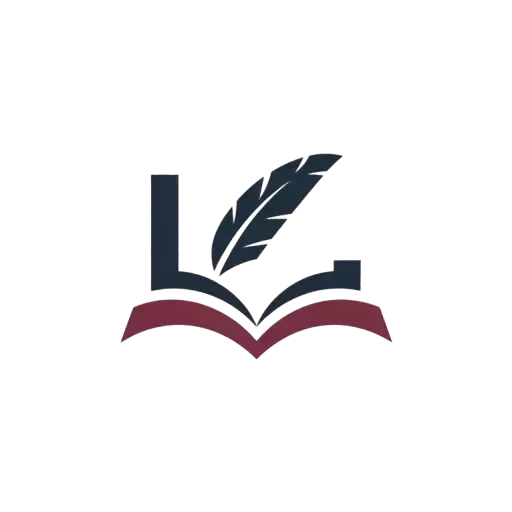In the landscape of contemporary Asian American literature, Gish Jen’s “In the American Society” stands as a masterful exploration of cultural identity, social class, and the intricate dance of assimilation. Through the lens of the Chang family’s experiences, particularly restaurant owner Ralph Chang, Jen crafts a narrative that resonates deeply with readers while illuminating the complexities of the immigrant experience in America.
The Restaurant as a Microcosm: Unraveling Social Hierarchies
Ralph Chang’s restaurant emerges as more than a mere setting—it becomes a powerful metaphor for American society itself. Within its walls, the intricate dynamics of power, class, and cultural expectations play out in ways that mirror broader societal structures. The restaurant’s hierarchical organization serves as a lens through which Gish Jen examines:
Power Dynamics in ‘In the American Society’
The tension between Ralph’s traditional Chinese management style and American business practices creates a fascinating study in cultural adaptation. His attempts to maintain authority while navigating unfamiliar social codes reveal the challenges of preserving cultural identity within a new context.
Employee Relations and Social Structure
The interactions between staff members of different backgrounds illuminate the complexities of workplace dynamics in multicultural America. Through these relationships, Gish Jen explores how class distinctions operate within both Chinese and American cultural frameworks.
Read the Text Here
Family as a Cultural Battleground
The Chang family represents a microcosm of generational and cultural conflict, with each member navigating their identity differently. Ralph’s adherence to traditional values often clashes with his daughters’ American upbringing, creating a rich tapestry of cultural negotiation.
The Role of Language and Communication
Jen’s careful attention to language—both spoken and unspoken—reveals the subtle ways in which cultural identity is expressed and challenged. The author deftly weaves instances of miscommunication and cultural faux pas that highlight the challenges of straddling two worlds.
Gender and Cultural Expectations
The female characters in the story, particularly Mrs. Chang and her daughters, offer a nuanced exploration of how gender roles evolve across cultural boundaries. Their experiences provide insight into the additional layers of complexity faced by immigrant women.
The Pivotal Pool Party Scene: A Masterclass in Social Commentary
The story’s climactic pool party sequence serves as a crucible where issues of class, culture, and belonging come to a head. This scene masterfully demonstrates:
Social Performance and Cultural Capital
The intricate dance of social interaction reveals how cultural capital operates in American society. Through careful observation of dress, behavior, and social cues, Gish Jen illustrates the subtle markers of belonging and exclusion.
The Price of Assimilation
The pool party becomes a space where the cost of cultural assimilation becomes painfully clear. The Chang family’s attempts to navigate this social situation highlight the compromises and sacrifices inherent in the pursuit of acceptance.
Literary Craftsmanship and Narrative Innovation
Jen’s technical mastery shines through in her sophisticated use of literary devices and narrative structure.
Narrative Perspective
The story’s third-person perspective, filtered through young Callie’s observations, creates a dual lens that captures both immediate experiences and their broader implications. This narrative choice allows readers to:
- Witness events through a child’s innocent yet perceptive eyes
- Understand the deeper social and cultural implications at play
- Experience the emotional impact of cultural displacement
Symbolism and Metaphorical Depth
Throughout the narrative, Gish Jen employs rich symbolism that adds layers of meaning:
- The restaurant uniform becomes a symbol of authority and cultural identity
- Food serves as both a bridge between cultures and a marker of difference
- Physical spaces represent social boundaries and opportunities for transgression
Contemporary Resonance and Universal Applications
While firmly rooted in the specific experience of a Chinese American family, the story’s themes continue to resonate with contemporary discussions about:
Immigration and Identity Formation
- The ongoing negotiation between cultural preservation and adaptation
- The impact of generational differences on family dynamics
- The role of economic success in cultural assimilation
Social Mobility and Class Consciousness
- The intersection of racial and economic identity
- The complexities of navigating different social spheres
- The relationship between cultural identity and economic success
Conclusion: The Enduring Impact of Jen’s Vision
“In the American Society” remains a powerful testament to the complexities of cultural identity and belonging in America. Through her masterful storytelling and deep psychological insight, Gish Jen creates a narrative that continues to speak to readers across generations and cultural backgrounds.
The story’s enduring relevance lies in its ability to capture universal human experiences while maintaining the specificity of the Chinese American experience. As we continue to grapple with questions of identity, belonging, and cultural adaptation in an increasingly globalized world, Jen’s work provides valuable insights and perspectives that help illuminate these complex issues.



1 Comment
Pingback: Why "Babel" by R. F. Kuang Should Be on Your Reading List - LitGram by MukeshRishit